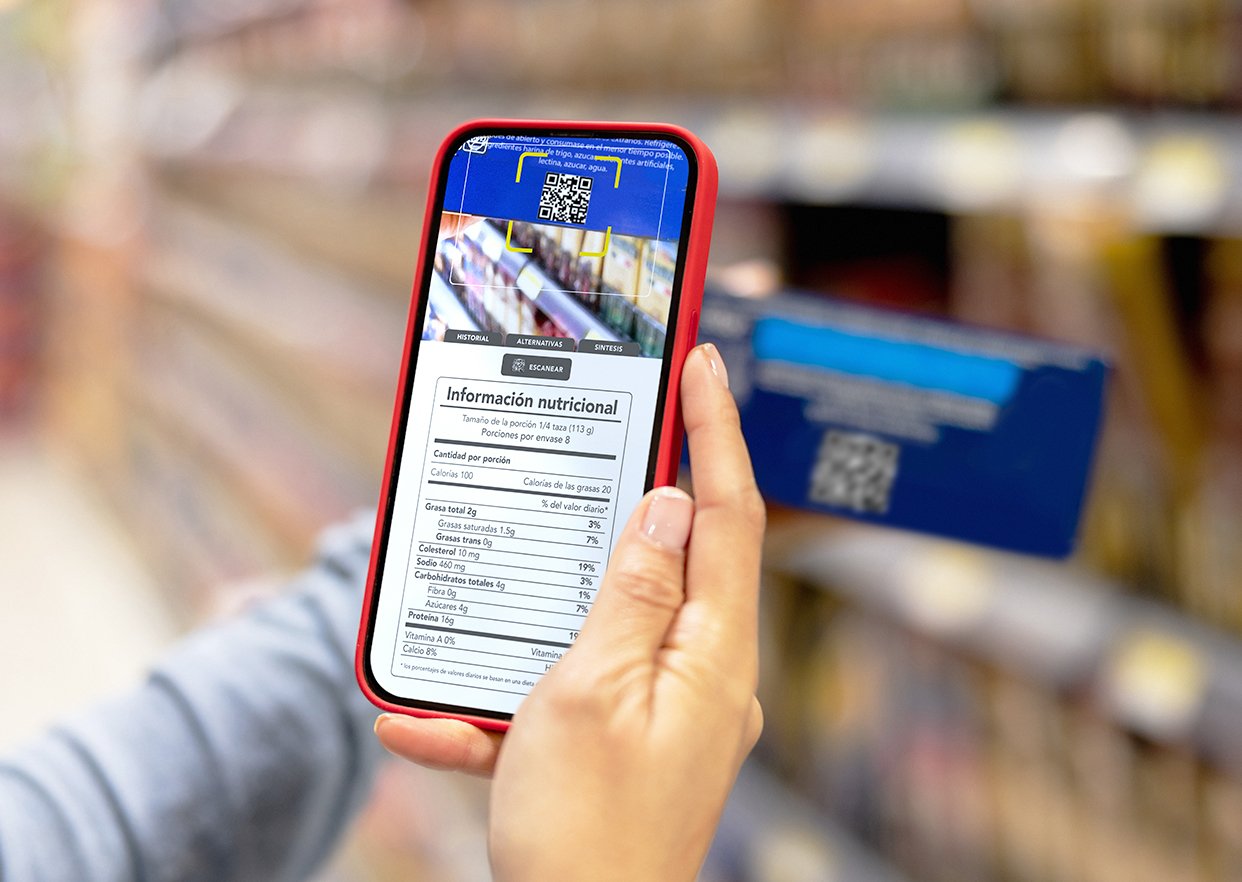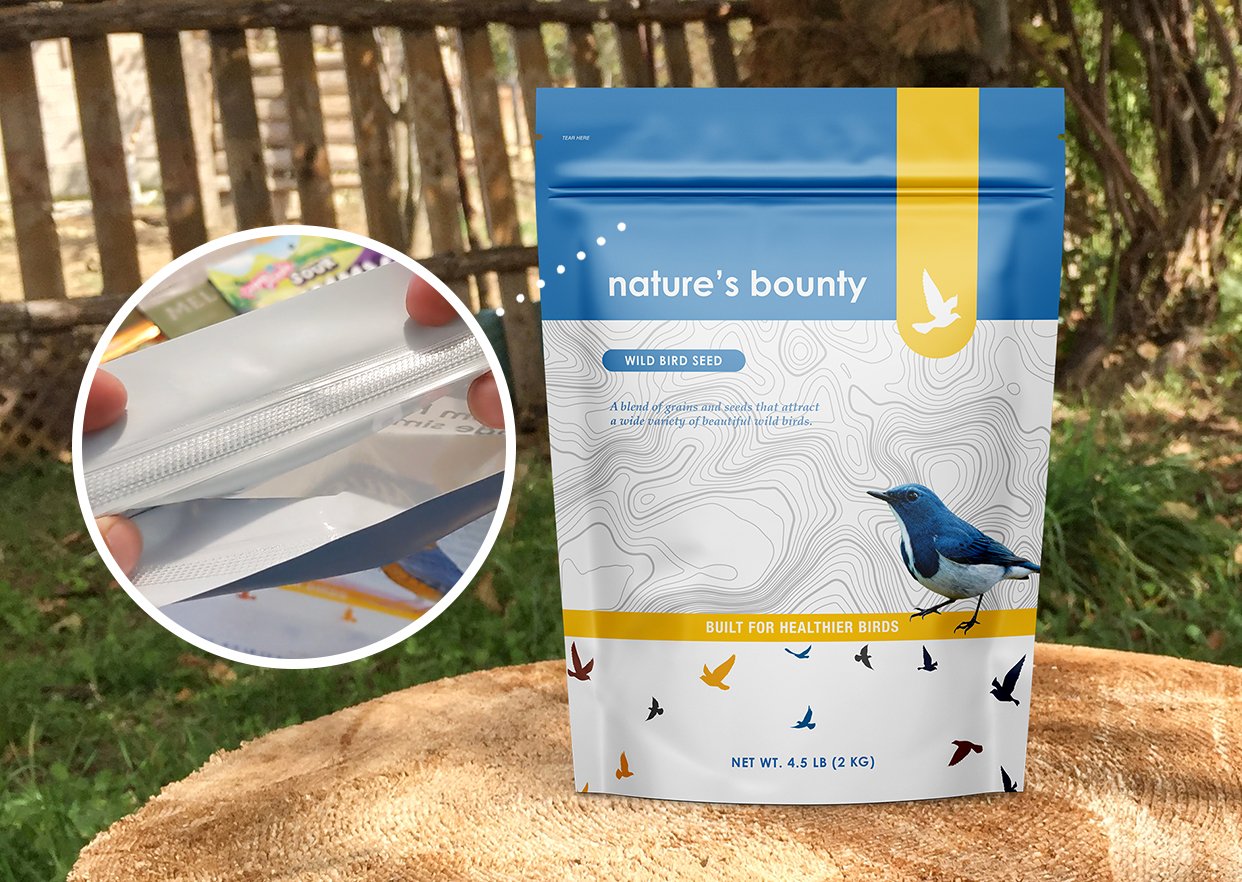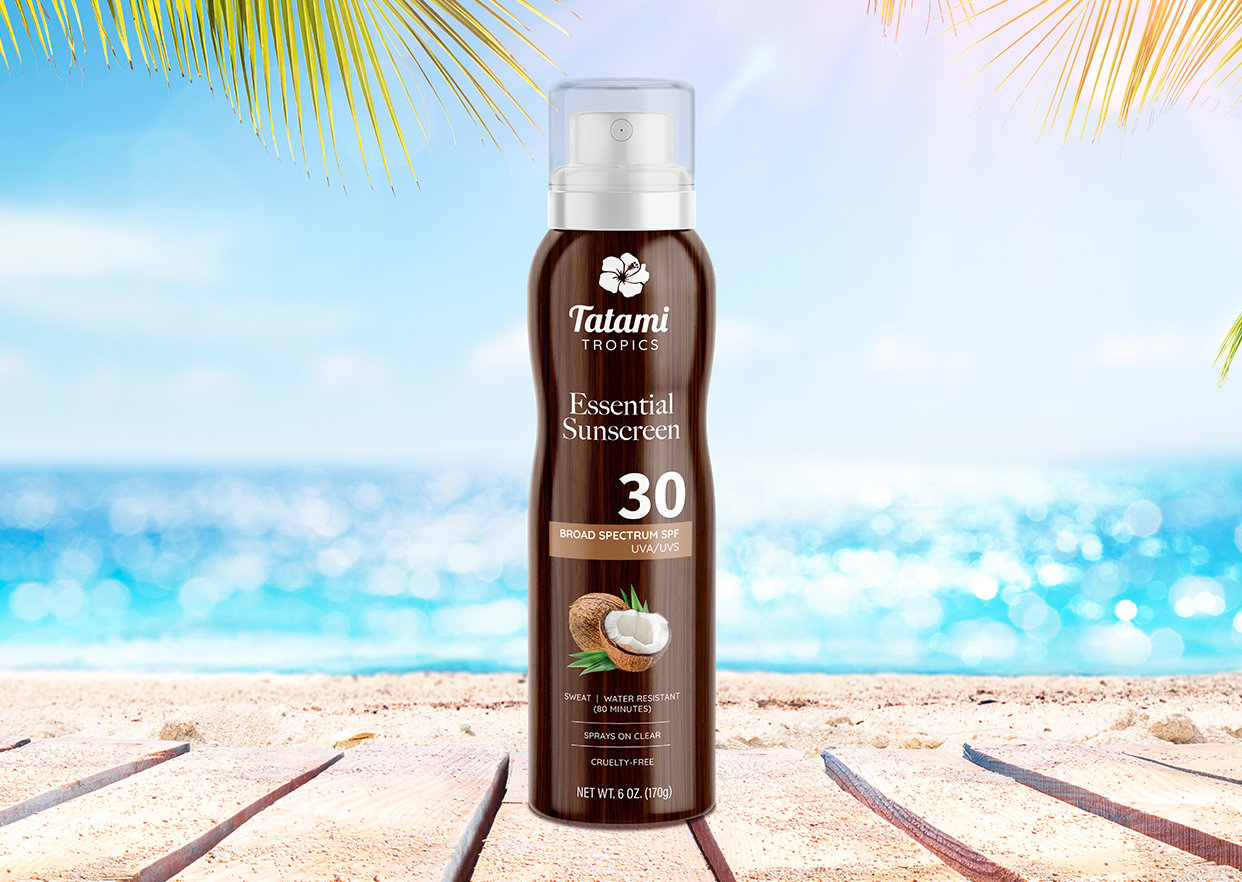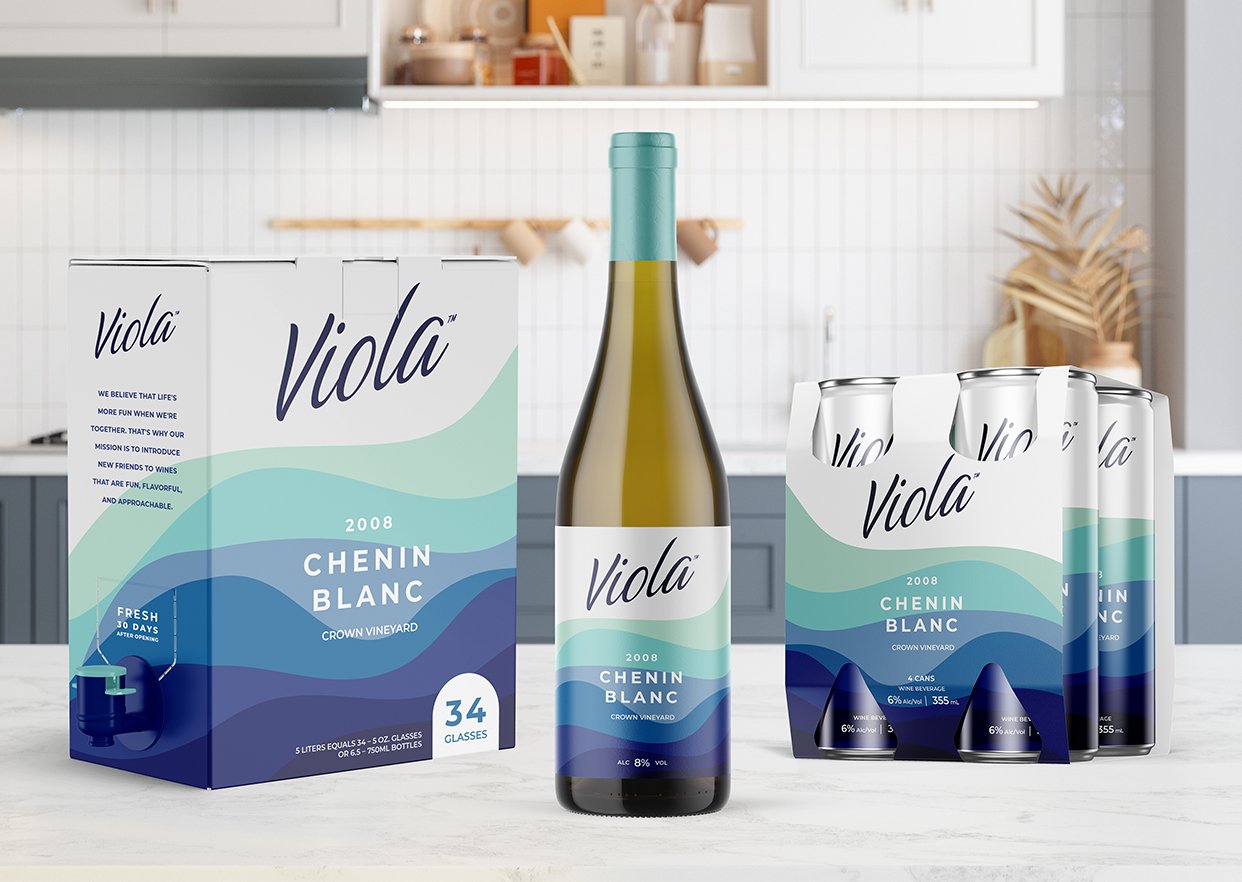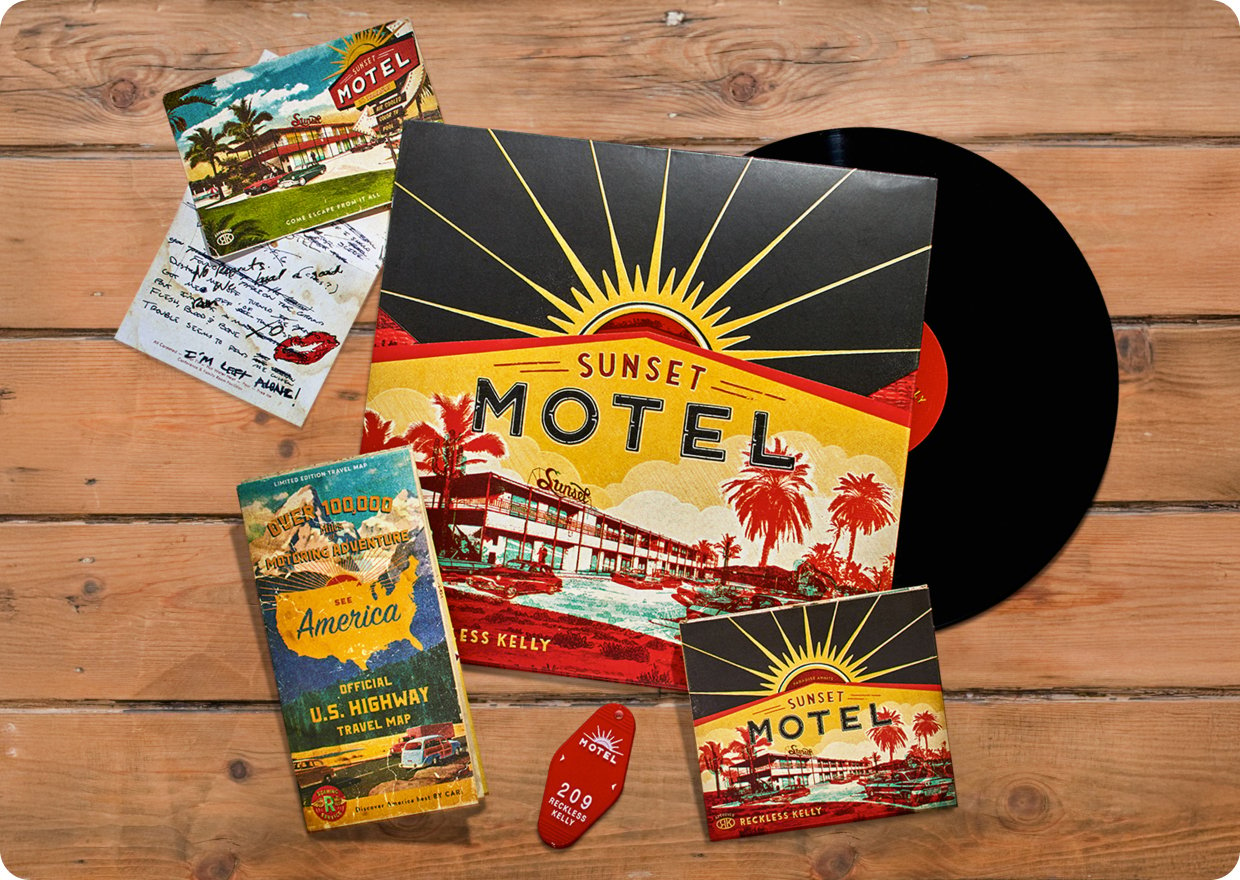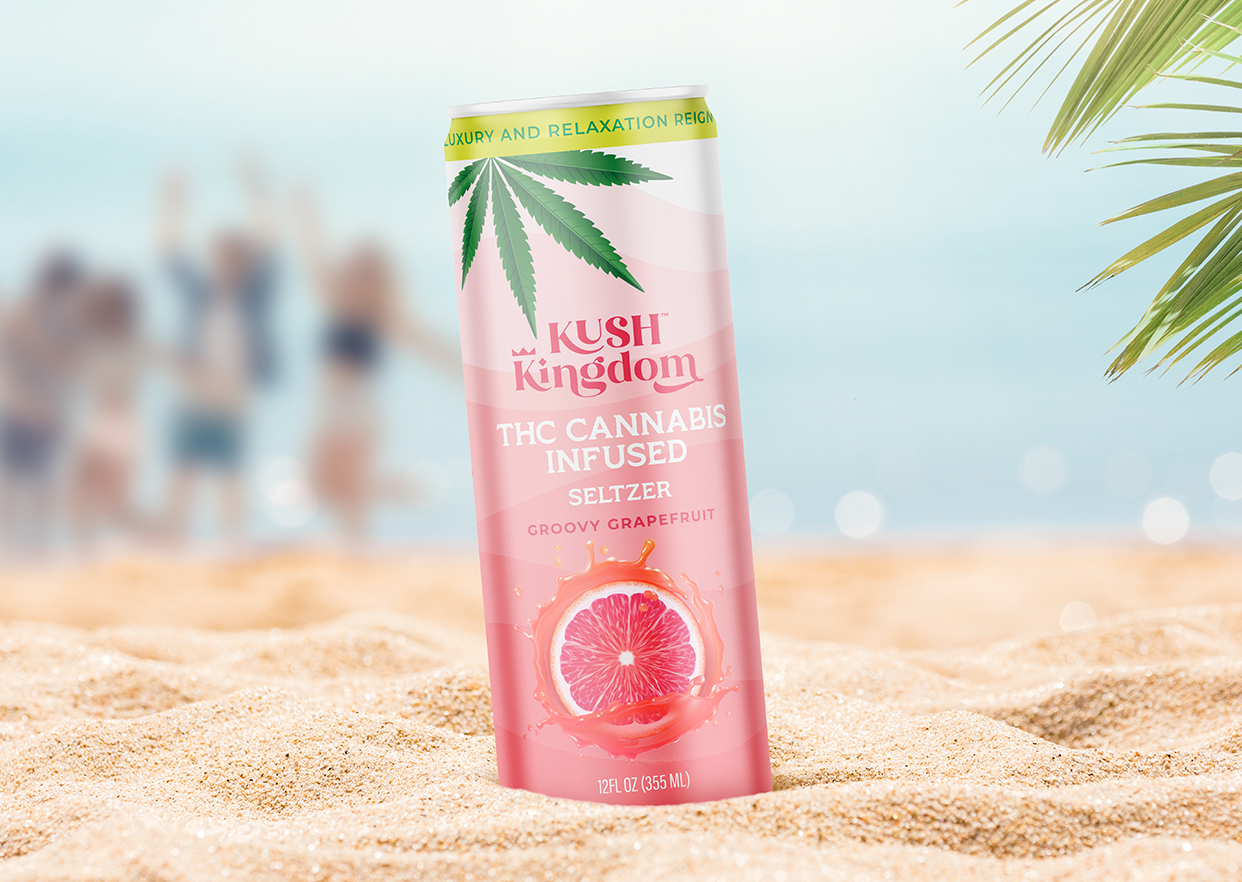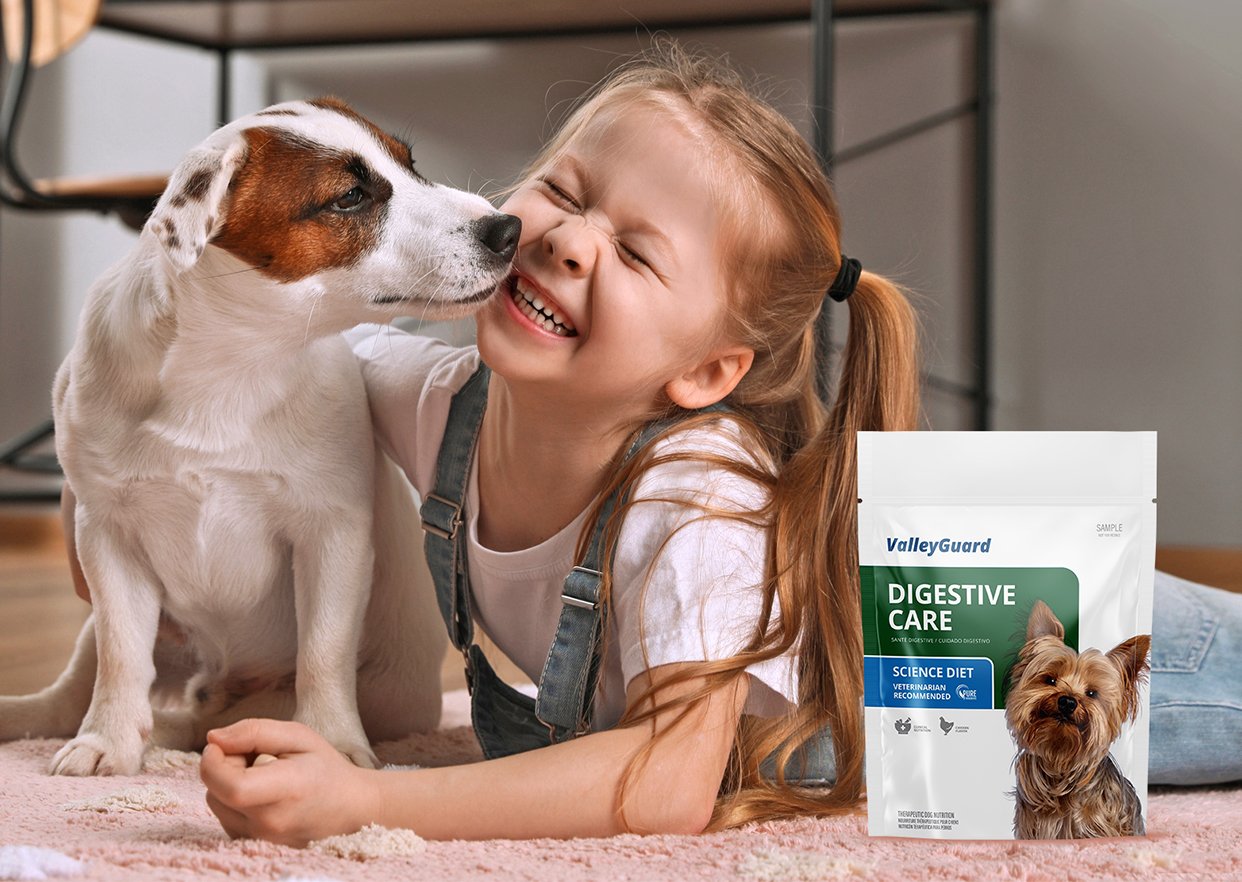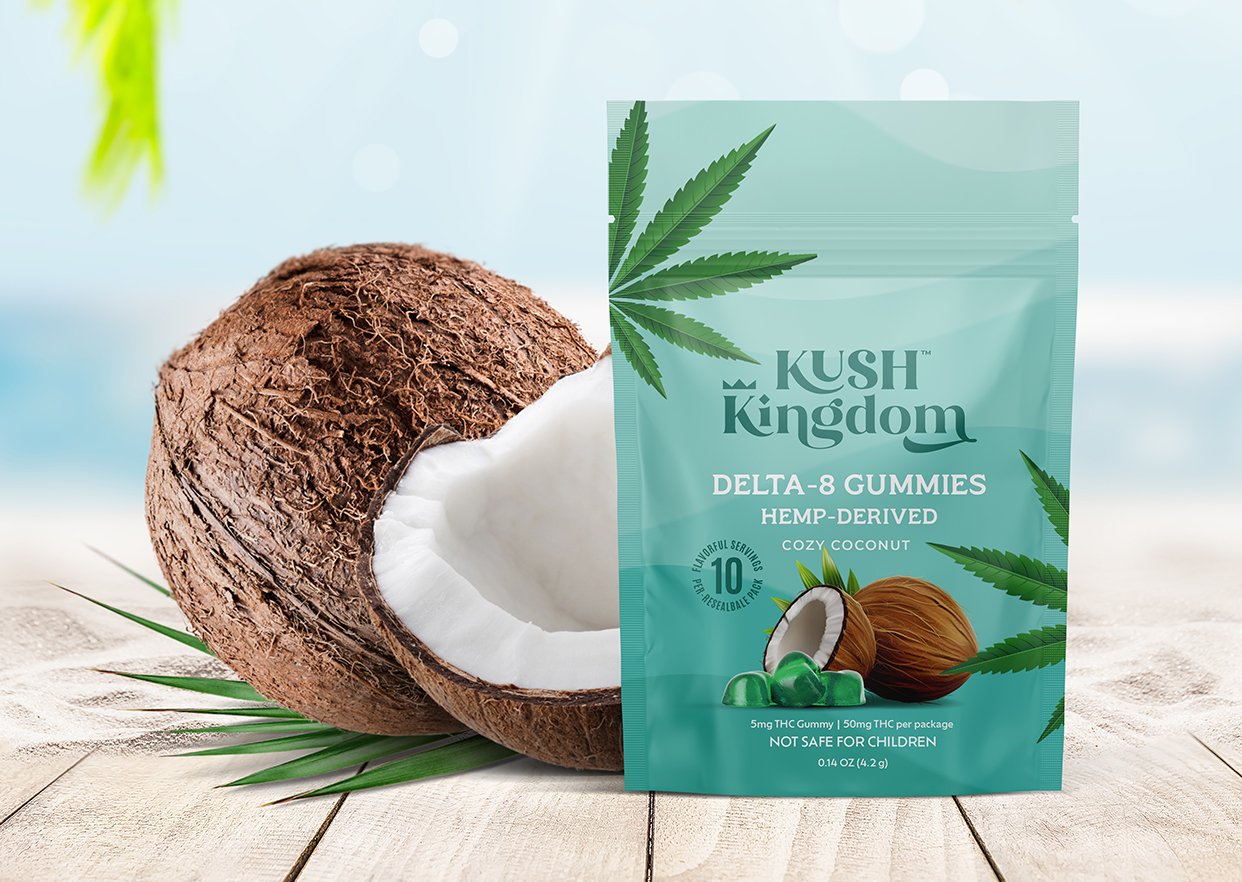Per-person consumption of dairy products may have plateaued but the dairy industry as a whole remains strong. Dairy is the largest category in U.S. retail grocery sales at roughly $76 billion annually with growth driven by products including cheese, yogurt and ice cream.
All of those products must be brought to market and that translates to a dairy packaging industry that is enormous in itself. In fact, 360 Research Reports estimates the global dairy packaging market at more than $33 billion annually. Apart from its sheer size, the big news in dairy packaging these days is the level of innovation being seen. The glass bottles and paperboard cartons of old have given way to high-tech solutions that help to increase convenience, extend shelf life, minimize food waste and reduce landfill use.
 This blog will explore some of the packaging innovations now being seen in the dairy industry and describe the advantages they offer.
This blog will explore some of the packaging innovations now being seen in the dairy industry and describe the advantages they offer.
Dairy Packaging Trends to Watch
As with producers of other consumer packaged goods, dairy processors are constantly looking for ways to stand out on the shelf and make their products extra appealing. More and more, this is resulting in alternatives for consumers of dairy products.
Stand-up pouches
Stand-up pouches are becoming increasingly popular in the dairy industry because they are lightweight, convenient to use and easy to transport. A form of flexible packaging design, they can be customized with unique shapes, sizes and designs. They are ideal for dairy products because of their excellent barrier properties and the fact that they can be re-sealed to maintain product freshness. And, as the name suggests, they will stand upright in a refrigerator. Stand-up pouches are a top choice for cheese products including shredded, cubed, sticks and individually wrapped snacking varieties.
Squeezable pouches
The squeeze pouch is a type of pre-formed flexible pouch that is specifically designed to dispense its contents by being squeezed. This packaging format is popular for products like yogurt, cream cheese and sour cream. There are even squeeze pouches for soft-serve ice cream that will create the classic star-shaped stream of ice cream dispensed by fast-food restaurants. Here again, convenience and portability for on-the-go consumers are key advantages.
Tetra Paks
Tetra Pak cartons are commonly associated with non-dairy products like soy milk and almond milk but are often used for “true” dairy products as well. Essentially a paperboard carton layered with polyethylene plastic and aluminum, Tetra Paks come in a wide variety of shapes, sizes and closures. They are lightweight, space-efficient and often resealable. The layered construction of the container does an excellent job of maintaining freshness.
Plastic tubs and jugs
Walk any dairy aisle and you will be surrounded by two very common packaging materials. Products like sour cream and cottage cheese are frequently sold in plastic tubs made of polypropylene. Semi-flexible but still rigid enough to be stacked on the shelf, polypropylene tubs can be translucent, opaque or molded in a brand’s signature color.
The ubiquitous milk jug, on the other hand, is typically made from high-density polyethylene or HDPE. This material is renowned for its strength-to-density ratio. A gallon jug can hold 8.6 pounds of milk while using only 120 grams of HDPE. This same material is also commonly used to package tubs of yogurt. Adding an aluminum foil or laminated heat-seal closure results in a yogurt package that’s impervious to oxidation or bacterial contamination.
Smart packaging
No blog about dairy packaging innovations would be complete without a mention of “smart” packaging trends. Smart packaging incorporates digital technology to enhance the consumer experience or provide important information about the product.
- Scanning a QR code on the package can enable a consumer to access nutritional information, recipes or even a virtual tour of the dairy farm that produced the raw milk.
- Near-field communication (NFC) tags are a type of radio frequency identification (RFID) that can be embedded in the labeling applied to dairy packages. NFC tags allow for two-way communication between the package and the consumer’s phone. For example, dairy brands can use NFC tags to offer discount coupons for future purchases or to disclose how long an item has been on the shelf.
- Augmented reality (AR) superimposes computer-generated images onto the real world, enabling tremendous creativity in marketing. In the case of dairy products, a consumer could point a smartphone at the package and see a video of a cow peacefully grazing in a field.
Sustainable dairy packaging
Sustainability is also a key consideration in the dairy industry. While all of the package formats described above incorporate some form of plastic, they also offer excellent sustainability attributes. Their key environmental benefit is reduced weight and the greenhouse gas emissions saved in transportation.
Consider a comparison of plastic milk jugs and glass milk bottles. While just 120 grams of HDPE is needed for a gallon milk jug, two half-gallon glass milk bottles weigh 4.2 pounds combined. Using more than four pounds of packaging to transport 8.6 pounds of product dramatically raises the environmental footprint of bringing that milk to market. This same favorable packaging-to-product ratio applies to stand-up pouches, squeezable pouches, Tetra Paks and tubs.
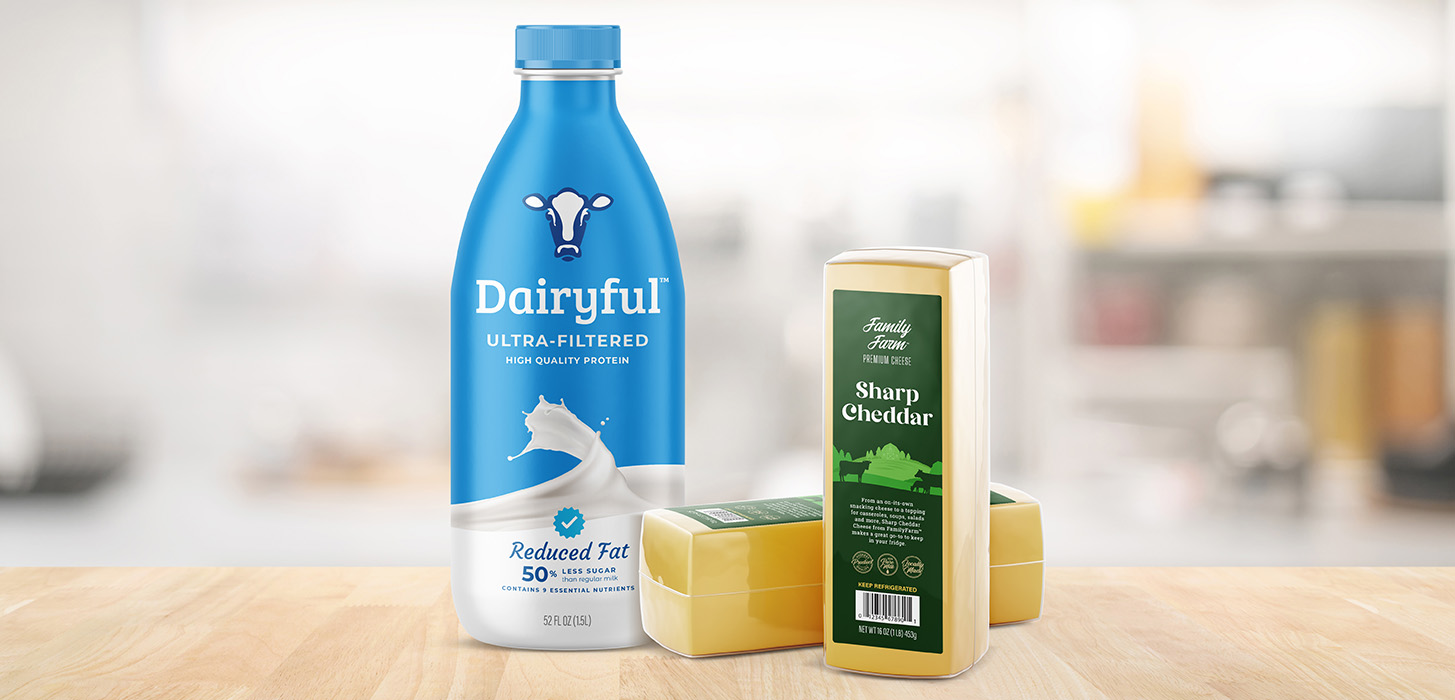 Labels and Packaging for Dairy Products
Labels and Packaging for Dairy Products
Taylor creates labels and packaging for a wide range of consumable items, including dairy products. Our in-house materials science expertise and diverse manufacturing capabilities allow us to decorate products of nearly every size, shape and configuration. Custom labeling and packaging solutions for dairy products are available from Taylor including:
- Flexible packaging
- Pressure-sensitive labels
- Roll-fed labels
- Shrink sleeves and multipacks
Beyond labels and packaging, Taylor simplifies the entire process of taking dairy products to market. Everything you might need to build your brand and capture market share is available through a single partner including:
- Commercial print
- Direct mail programs
- Folding carton packaging
- Promotional marketing
- Signs, graphics and retail POP displays
See for yourself how Taylor can help you stand out in the dairy aisle. Contact a Taylor representative to learn more.

